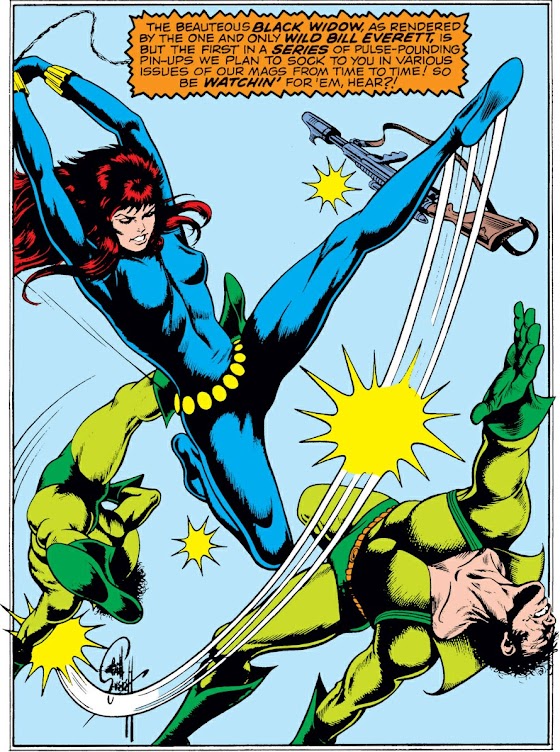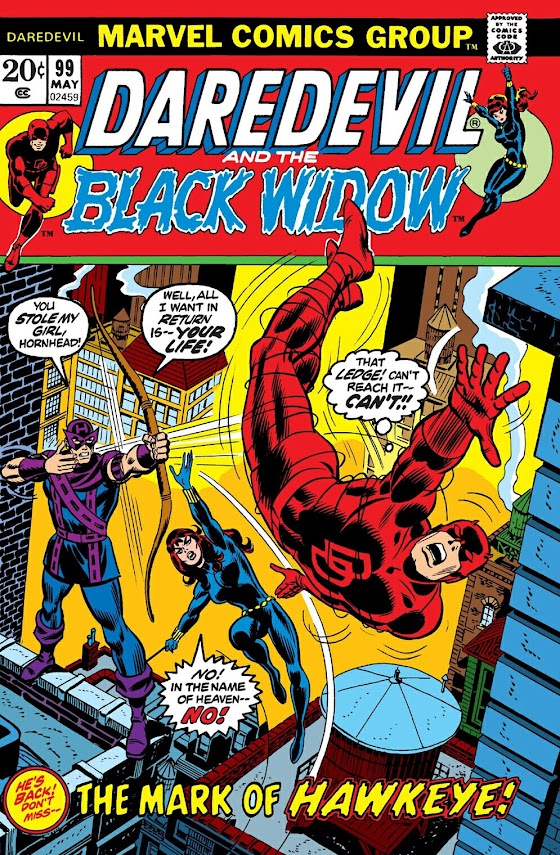This is the true story of Bernhard Trautmann, who lived from 22nd October 1923
to 19th July 2013. In the Second World War he served in the German air force as a paratrooper. For his
services he received an Iron Cross and was promoted to sergeant. In early 1945
he was captured by the British army and sent to a POW camp just outside St. Helens.
He was spotted playing football in the camp by the manager of the non-league
football club St. Helens. In 1948 he was allowed to play for the team,
and his proficiency as goalkeeper prevented them being relegated. His
skill attracted the attention of talent scouts, and in 1949 he was signed by
Manchester City, one of England's best football teams.
At first there was a lot of animosity about a German playing for Manchester
City, especially from the local Jewish community. Bernhard (who now called
himself Bert) had no interest in politics, he just wanted to play football.
Within a year he overcame the prejudice by showing himself to be an excellent
goalkeeper. In 1955 he became the first foreigner to be named the football
association player of the year. In 1956 Manchester City won the FA cup final.
He continued as Manchester City's goalkeeper until 1964.
It's easy to understand the prejudice felt by the people of Manchester. It was
only four years after the war against Germany. The Germans had bombed their
homes relentlessly. They thought all Germans were bad. Understandably. Bert
Trautmann proved to them that they were wrong. In 2004 he was awarded an OBE
for his work in promoting Anglo-German friendship. That was late. He should
have been given the OBE 40 years early.
I'm not saying prejudice is justifiable. It's wrong. It's always wrong. All
I'm saying is that I understand it.
Success Rate: - 6.4
 |
Order from Amazon.com |
| Order from Amazon.co.uk | |
| Order from Amazon.de |








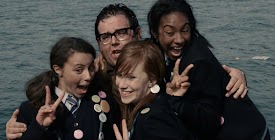
























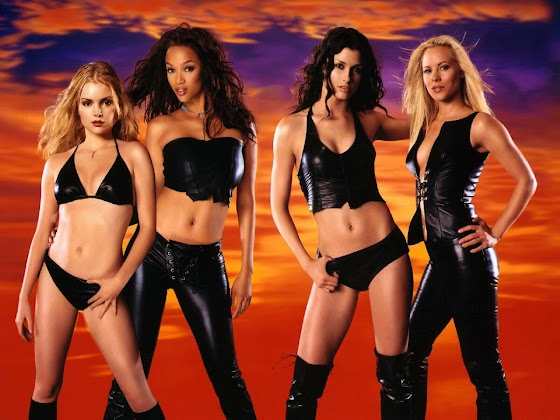
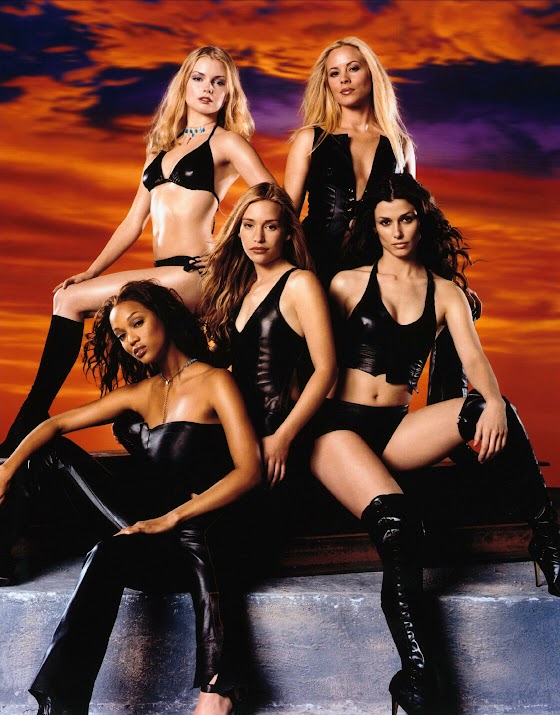









.jpg)



